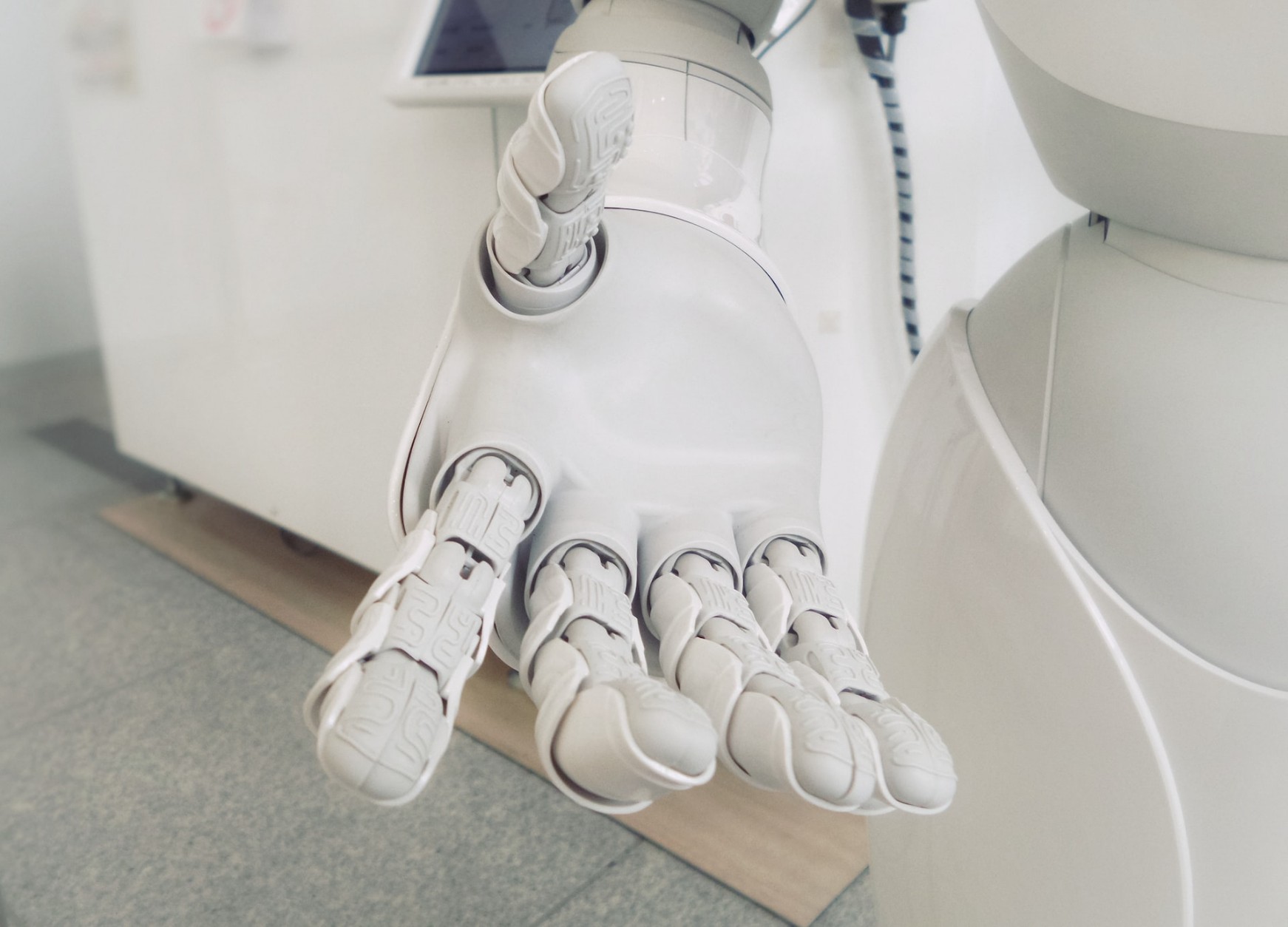How Robotics Are Revolutionizing the Future of Patient Care

The healthcare and tech industries are more closely connected than most people think. Without advancements in technology, we wouldn’t have any of the innovative procedures and treatments that have helped millions of people across the globe.
That’s especially true when it comes to robotics. Advances in robotic technologies have the potential to revolutionize the way patients are cared for in the healthcare industry. In many ways, they already are, and there are no signs of slowing down.
Let’s take a closer look at how ever-evolving robotic technologies are transforming patient care. They’re being used in nearly every aspect of the patient experience, and as technology continues to advance, there’s no end in sight when it comes to how much robotics can improve patient care.
How Advanced Tech Has Already Improved Healthcare
To consider where robotics might take the healthcare industry in the future, we can look at improvements that have already been made. For starters, information sharing has become easier than ever. Upgraded internal systems have made it easier to collect and store patient data. When doctors can instantly access shared information, they’ll have a better idea of a patient’s history, which treatments have/haven’t worked, and an easier time creating a treatment plan for the future.
Pharma-free care has also made it easier for people to manage certain conditions from home. Some hospitals are already utilizing “pharmacy robots” to ensure patients receive their recommended medications each day without room for confusion. These robots prepare a patient’s medications by relying on database information. These robots help to reduce distractions for pharmacists and improve patient health by providing accurate, speedy service.
The Role of Robotics in Advanced Medicine
Robotics aren’t just being used for basic patient care. They’ve been revolutionary in removing human error from things like life-saving surgeries.
Surgeons are only human. The last thing a patient should have to worry about is whether their surgeon might get tired or might experience a cramp in their hand. Robotic surgery systems use advanced technology and robotic arms to perform surgeries with extreme precision. This can speed up surgery times so more people can receive the care they need without burning out the surgeons on staff.
While automated robotic surgeries might not be available for some time, we’re on the right track.
In addition to providing incredible patient care in hospital settings, robotics are also being used to improve the quality of life for people at home. For example, those with mobility issues can rely on devices like robotic prosthetics or exoskeletons that help with:
- Stability
- Support
- Movement
- Faster recovery times
Some robotic prosthetics look like something out of an action film, but they’re extremely effective in giving back those with mobility problems their independence and freedom while encouraging growth and healing.
Using Tech to Improve Preventative Care
It’s clear that continuous advancements in technology are needed to promote patient care and keep people healthy before extreme treatments and/or surgeries are needed. But there is also new technology that can improve preventative care. In the long term, more focus on preventative care may improve the average lifetime expectancy among the global population.
One of the best robotic systems currently in place that allows physicians to essentially be in two places at once is the Remote Presence device. It combines robotics and wireless technology to make it easy for any doctor or specialist to connect with a patient using a two-way audio-visual system. This type of robotic device is taking the success of telemedicine and taking it into the future. It is user-friendly and allows patients to take care of themselves and express their questions and concerns from home, freeing up more time for physicians and specialists during a notable healthcare shortage.
Chatbots are another great way doctors can encourage preventative care. The use of AI is nothing new in the healthcare industry, but it needs to keep moving forward to play an active role in preventative medicine. Chatbots can be used to improve patient care by:
- Reminding patients to look for specific symptoms
- Sending medication reminders
- Providing clear and concise information
Wearable technology is a great way to improve patient care in many of the same ways as chatbots. These devices can collect and store data, signal doctors when something is wrong, and remind patients to take certain medications or let them know when their levels aren’t where they should be. As a result, providers and patients alike can make decisions about their health and create treatment strategies more readily.
Robotic technology isn’t just a perk for the healthcare industry. It makes things more accessible for people in underserved locations who might not have regular access to a medical professional or might not be able to regularly meet with a physician. This type of technology will continue to bring healthcare to more people across the globe, and more lives will be saved as a result.
Thanks for helping to keep our community civil!
This post is an advertisement, or vandalism. It is not useful or relevant to the current topic.
You flagged this as spam. Undo flag.Flag Post


